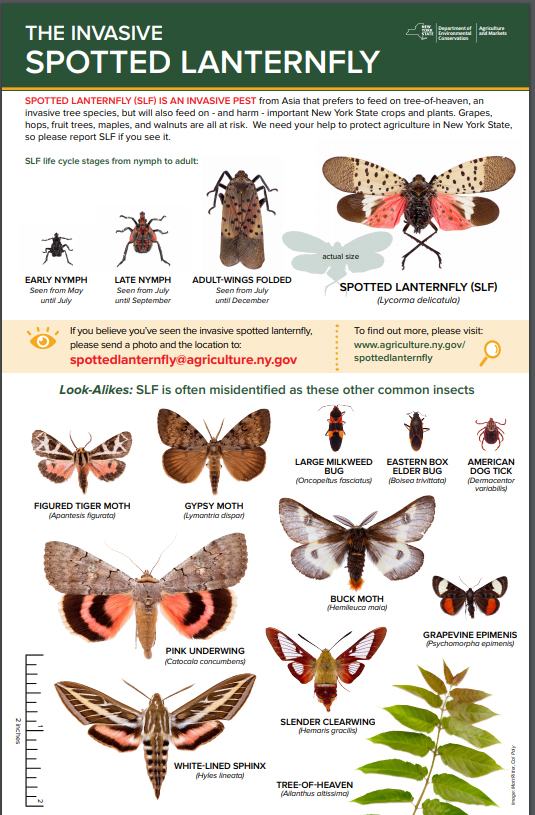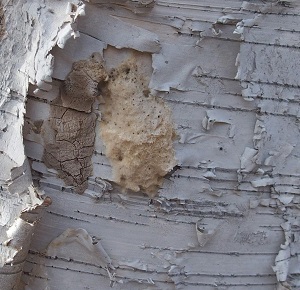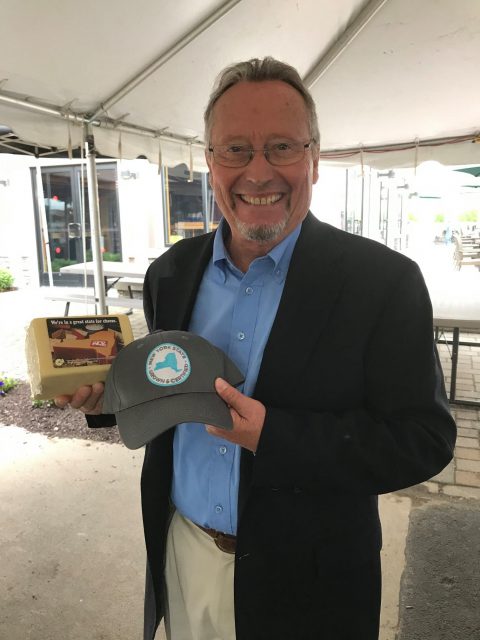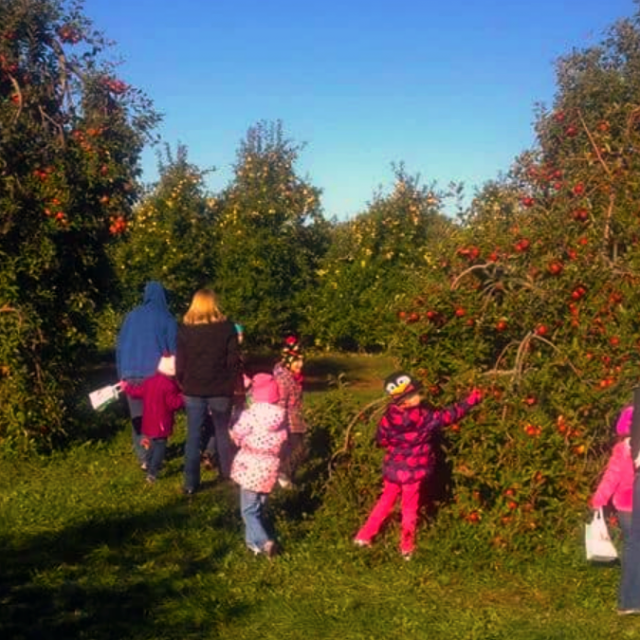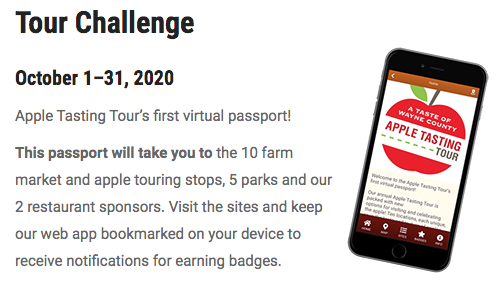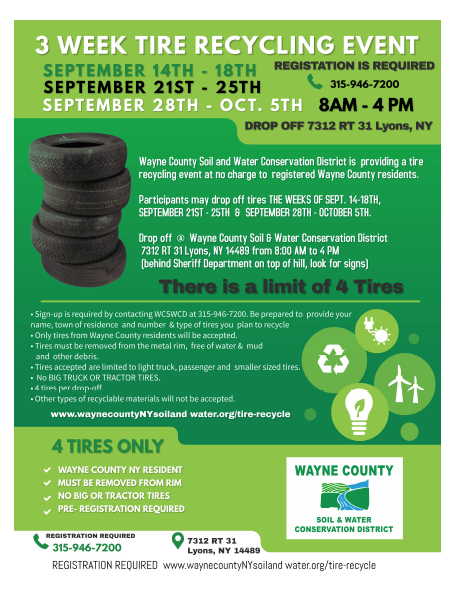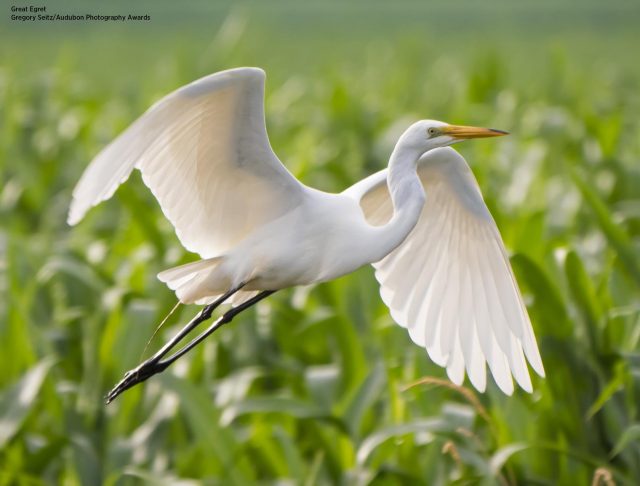Are you a farmer or rancher whose operation has been directly impacted by the coronavirus pandemic? USDA is implementing Coronavirus Food Assistance Program 2 for agricultural producers who continue to face market disruptions and associated costs because of COVID-19. Applications will be accepted through December 11, 2020
CFAP 2 will provide up to $14 billion to eligible producers of certain row crops, livestock, dairy, specialty crops, aquaculture, and more. All eligible commodities, payment rates, and calculations can be found on farmers.gov/cfap. CFAP 2 is a separate program from the first iteration of the program (CFAP 1) and interested producers must complete a new application to be eligible for payment for CFAP 2.
Application Options
Producers have several options for applying to the CFAP 2 program by the Dec. 11 deadline:
Using an online portal at farmers.gov/cfap. This allows producers with secure USDA login credentials, known as eAuthentication, to certify eligible commodities online, digitally sign applications and submit directly to the local USDA Service Center. Completing the application form using our CFAP 2 Application Generator and Payment Calculator found at farmers.gov/cfap. This Excel workbook allows customers to input information specific to their operation to determine estimated payments and populate the application form, which can be printed, then signed and submitted to their local USDA Service Center.
Downloading the AD-3117 application form from farmers.gov/cfap and manually completing the form to submit to the local USDA Service Center by mail, electronically, or by hand delivery to an office dropbox. In some limited cases, the office may be open for in-person business by appointment. Visit farmers.gov/coronavirus/service-center-status to check the status of your local office.
USDA Service Centers can also work with producers to complete and securely transmit digitally-signed applications through two commercially available tools: Box and OneSpan. Producers who are interested in digitally signing their applications should notify their local FSA office when calling to discuss the CFAP 2 application process. You can learn more about these solutions at farmers.gov/mydocs.
Producers of commodities with payments based on acreage will use acreage and yield information provided by FSA through the annual acreage reporting process. Producers have the option to complete their application by working directly with their local FSA office or online through the CFAP 2 Application Portal.
For more information visit https://www.farmers.gov/cfap

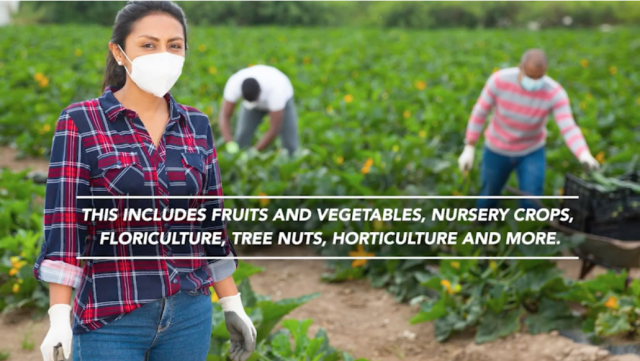
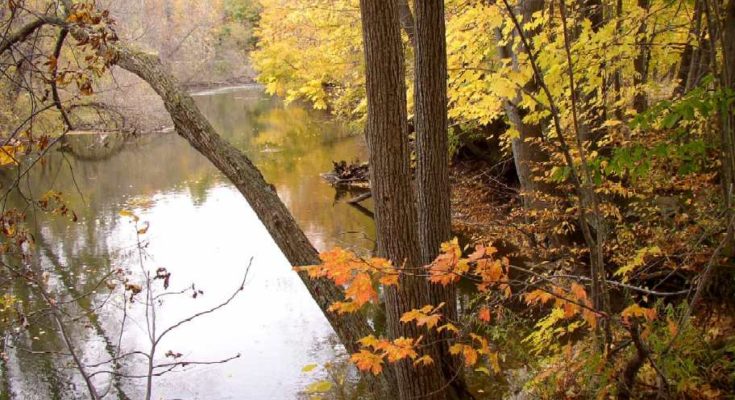

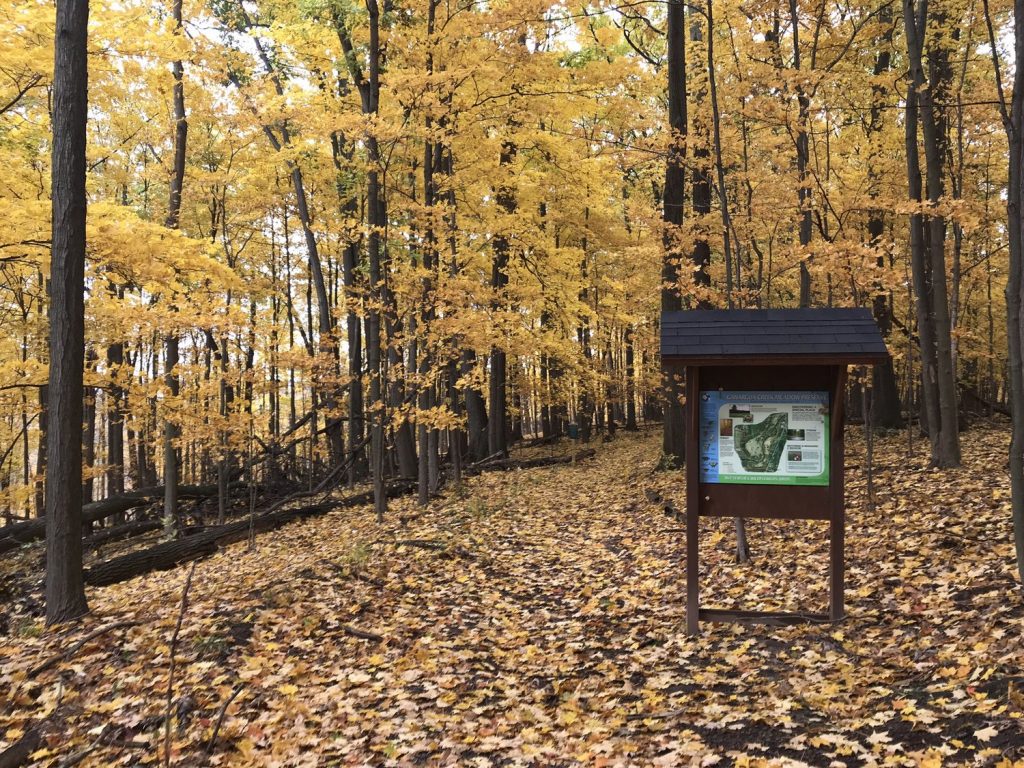
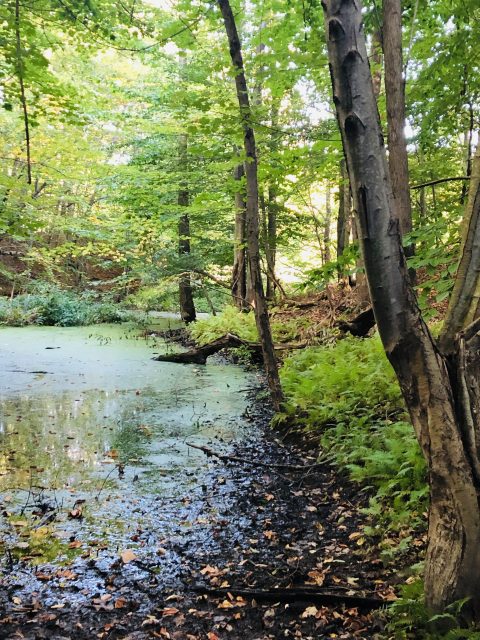 Genesee Land Trust “Habitat Management Walk” at Macyville Woods, Sodus Point
Genesee Land Trust “Habitat Management Walk” at Macyville Woods, Sodus Point